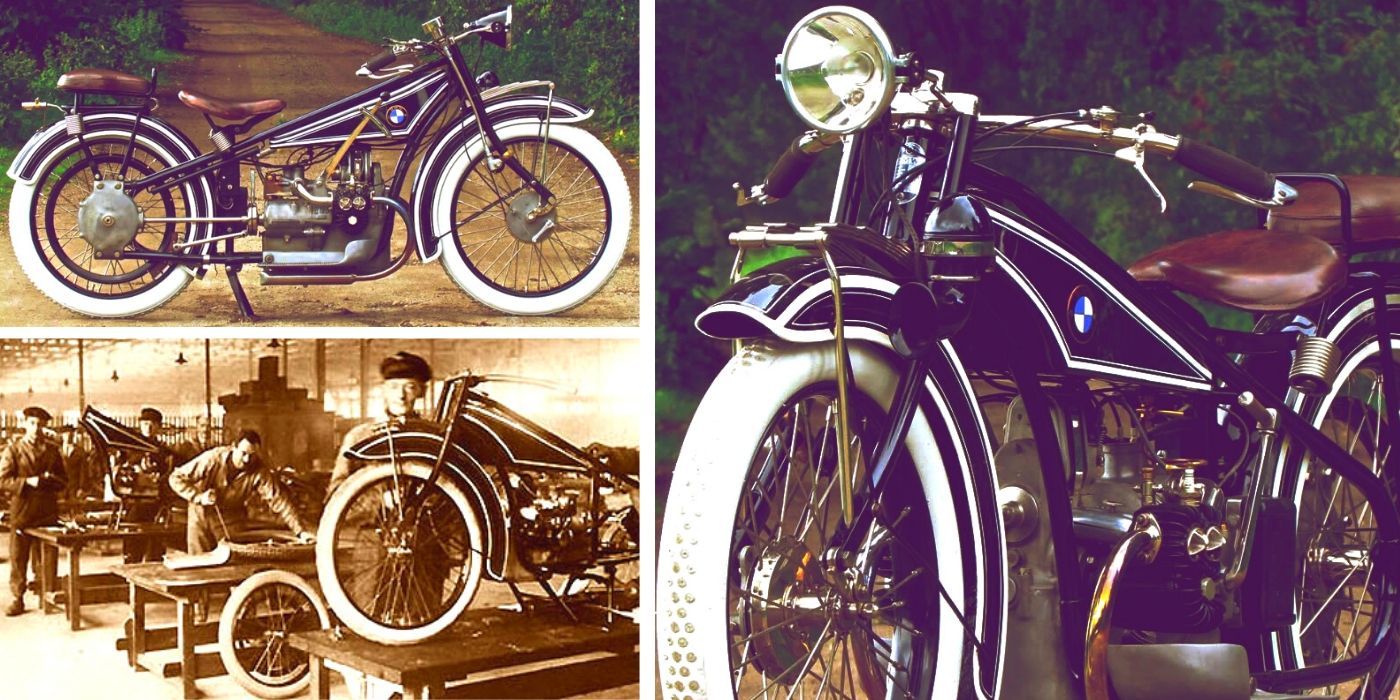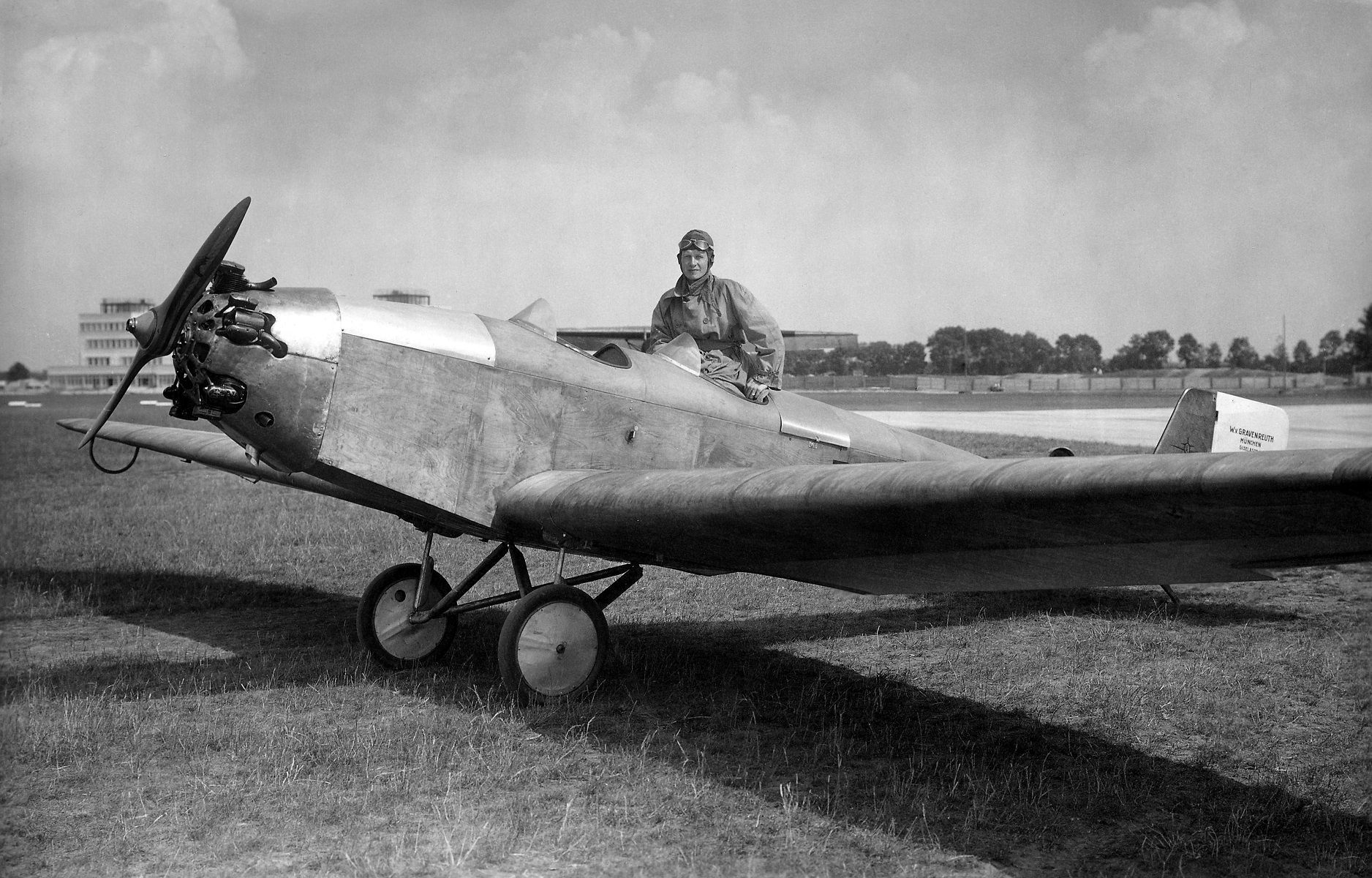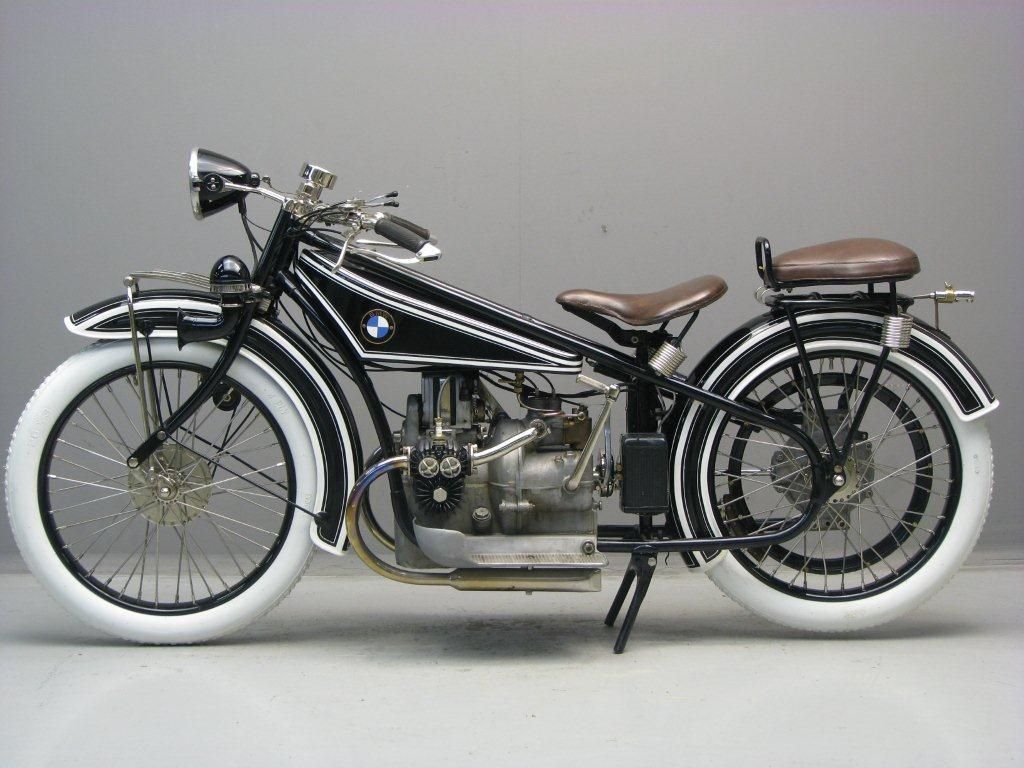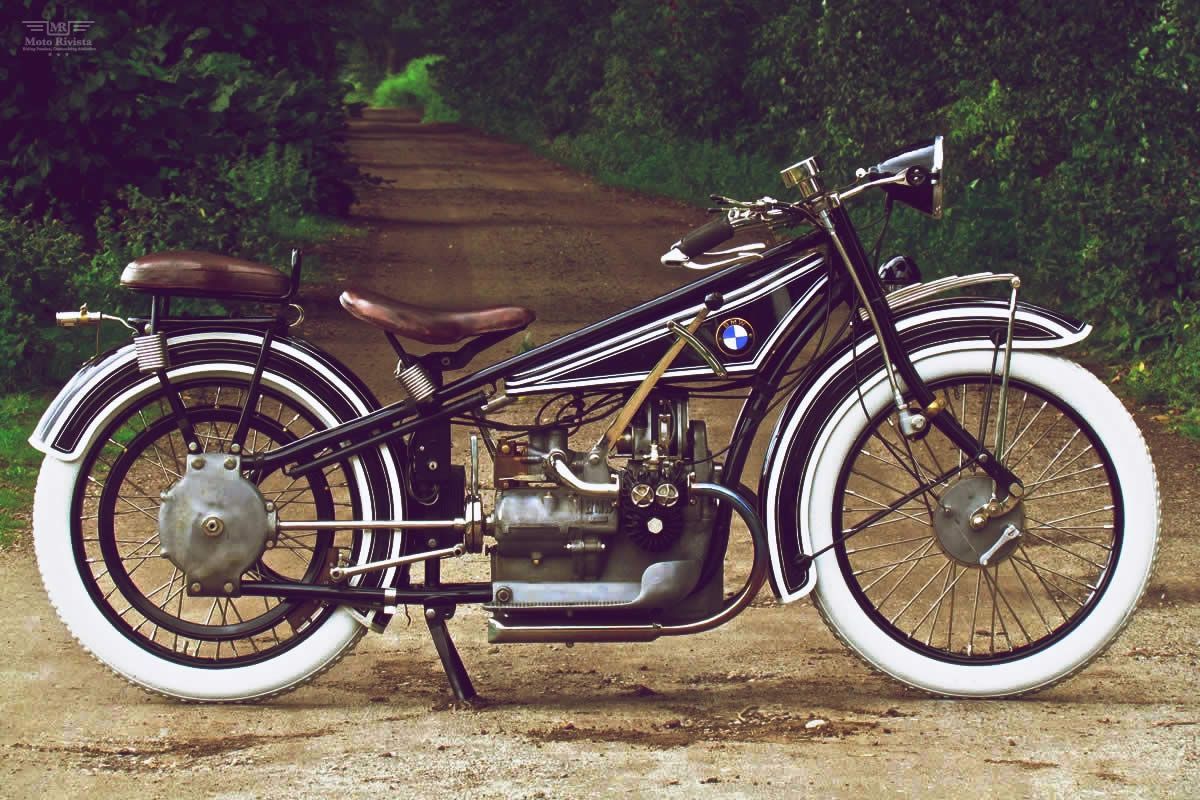BMW is synonymous with German performance and good design, but like most successful modern car companies, their origins are found in humbler places. For the boys in Bavaria in the '20s, work was in the airplane business.
BMW During The Great War
BMW primarily built airplanes as they had deals with Karl Rapp, an airplane engine manufacturer, and Franz Josef Popp another engineer. Airplanes were ever-changing back then, as they still do now, but there was one tiny thing getting in the way of their business model: World War I.
Not only is it difficult to continue efficient production with the bloodiest war in history going down on your home turf, but when it results in regulatory treaties, it makes it even harder.
The Treaty of Versailles could be the most significant peace agreement in human history, however, for certain small manufacturers, it was a complete disaster. The treaty effectively banned companies like BMW from producing airplanes, which was their main source of income.
Luckily BMW found its way into the '20s without going under and managed to produce mechanical items for commercial trucks, tractors, and trains in order to survive. It was only then when BMW started to dabble in the world of motorcycles.
The R32
Their first-ever BMW-branded motorcycle was the R32, a thinly-framed modern motorcycle. And when we say modern, we mean modern for its time. The boxer twin engine packed 480cc and was a perfect fit for BMW's bespoke bike.
At first, long time aircraft engineer Max Friz refused to build anything resembling a car, motorcycle, or truck, but Popp and Rapp saw the potential in this type of a project. So, Max Friz finally agreed to build what the company wanted - and probably had to do to stay afloat- and the R32 was born.
The bike itself is a truly satisfying piece of machinery. And yes, the exterior design contributes to that, but the mechanical genius behind it is why this bike is so special. The horizontally posed cylinders meant that if they pointed the pistons outwards on the frame, they wouldn't have to make a driveshaft and transmission that had to do acrobatics to send power to the rear wheel.
This helped them with packaging the bike mostly, but also with cooling and transmission dynamics. Everything was inline and well balanced, which flowed with the beautiful shape of its overall design.
Its Impact On The Future
We often feature vehicles that have a certain significance in their company's future, cars like the Countach, Porsche Boxster, and others. But it is possible that no other company has valued the dynamics of a product more than BMW and its R32.
What do we mean? Well, the inline driveshaft, motor, and transmission system that they developed in 1921 was their basic layout for every new motorcycle until 1994. And the layout of the R32 itself lasted until the late '60s.
If you look at any car from 1921 you would be hard-pressed to find any part that resembles a 1994 model unless you're looking at the wheels, and for BMW to successfully and effectively use the same basic technology for 70 years is a testament to Max Friz' genius and the companies 100-year commitment to refinement.
Source: Hemmings




